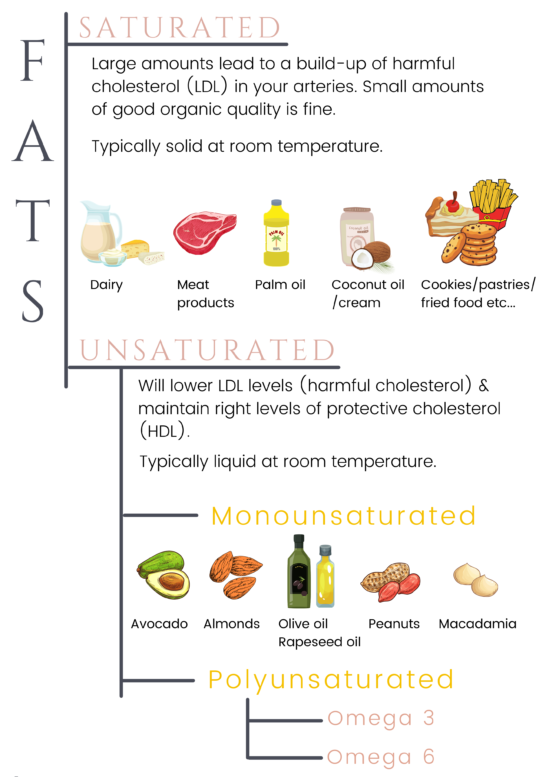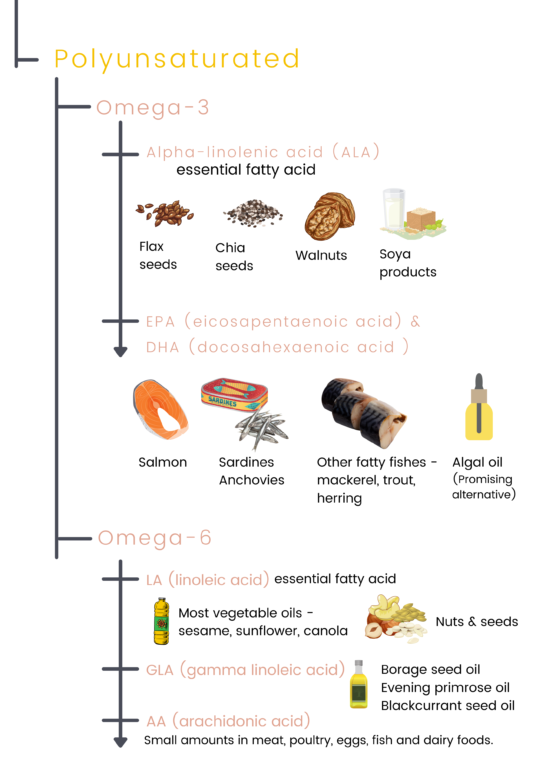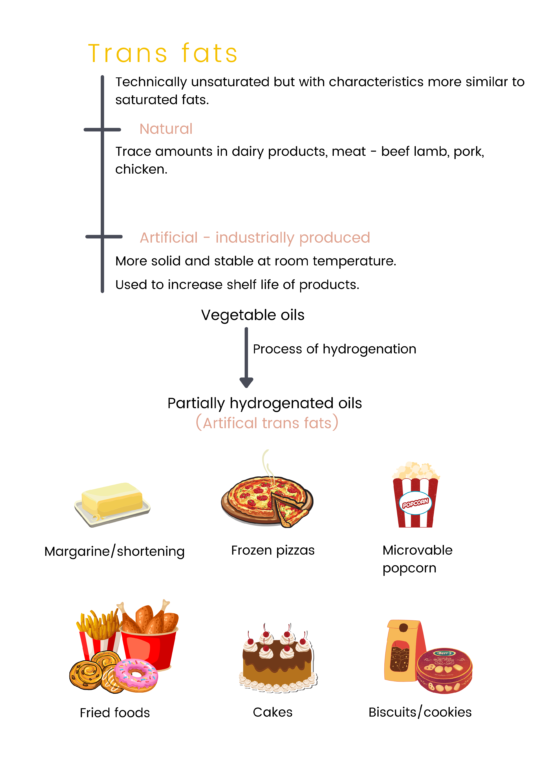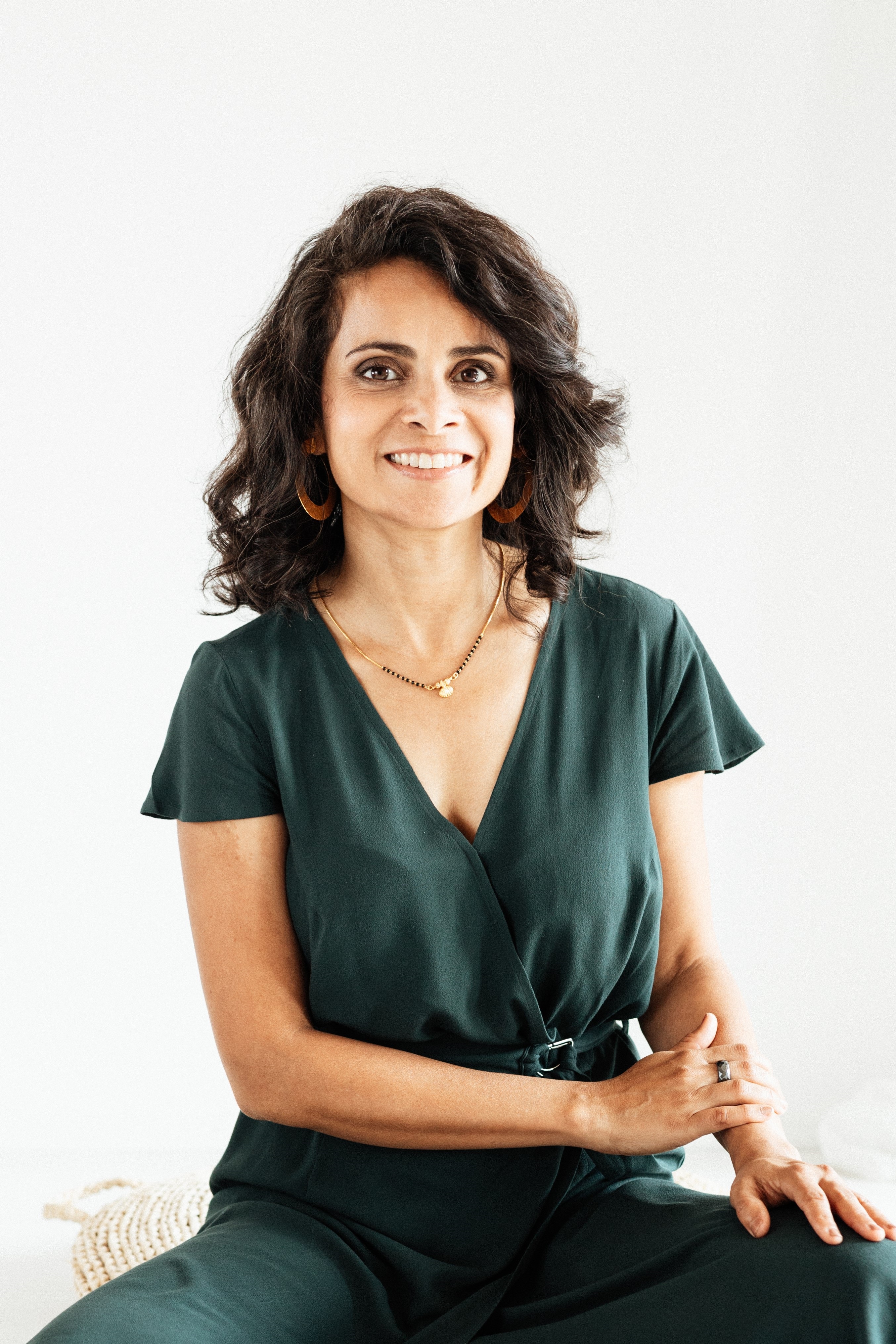Columns
Dietary Fats
Finally! Dietary fats are getting their due for the important role they play in keeping you healthy. For too long, they’ve borne the title of ‘villain’, associated only with weight gain. Be honest, you’ve treated them as such too.
Fortunately, in recent years many evidence-based studies have revealed the health benefits of fats and their role in disease prevention.
Did you know that every single cell of your body needs fat to function? Without them, all your body’s systems (circulatory, respiratory, nervous etc.) would be defunct.
In this article you’ll learn about the different types of fats and why eating the right ones is vital and for your wellbeing. Fats are not your enemy but rather an important building block of your body.
Quick note: for our purposes here, we’ll be using the terms fats, lipids, dietary fats and fatty acids interchangeably.
So, what do we mean by dietary fats?
Fats (lipids), a necessary energy source, are chemical compounds made up of fatty acids. Your body can synthesise most of the fatty acids (non-essential fatty acids) it needs. However, some fatty acids cannot be synthesised (essential fatty acids) and must be provided through food.
Fatty acids are classified into 2 major groups – saturated and unsaturated. The visual below explains these different groups, their subgroups, their impact on your health and dietary sources.


Of all the polyunsaturated fats, Omega-3 and Omega 6 are of primary importance. Not only do they act as gatekeepers in the cell membranes, but they also help reduce inflammation, inhibit blood clotting and maintain various regulatory states in your body. Some dietary sources of these are provided below.

Our diets today contain a lot more omega-6 (ω-6) in proportion to omega-3 (ω-3). Hence it is a smart move to increase your consumption of omega-3 (at least a few times a week, if not daily). While there is no absolute rule as to how much omega-3 a person needs, an upper limit has been set to 3g per day (EPA + DHA).
But wait! We are not done with the polyunsaturated fat category just yet. There is one more type I want to mention – the notorious Trans fats.
Also known as trans-fatty acids, this is the worst type of fatty acid to consume. It not only increases harmful cholesterol (LDL) but it also reduces the good one (HDL). Double trouble!


Bravo, you just finished learning about the different fats.
But are you convinced of how vital they are for your wellbeing? Check out this listicle to see why.
Fats:
- serve as a source of fuel and are an important constituent cell-structure.
- provide insultation, protect your vital organs and hold them in place.
- are necessary for the transport and assimilation of fat-soluble vitamins ADEK
- are used in the production of hormones
- play a role in modulating immune functions and inflammatory processes (omega-3 & 6)
- create a sense of security, heaviness and grounding
- may decrease the risk of coronary heart disease (when poor quality saturated fats are replaced with polyunsaturated fats).
Convinced now? Excellent.
Still, let’s not go overboard. Consumption should always be in moderation. Here’s why excessive ingestion is bad.
Fats:
- can cause obesity, heart disease, cancers, tumours and disorders (gall bladder and liver), plus contribute to diabetes and other degenerative conditions
- increase the harmful type of cholesterol called LDL (particularly bad quality saturated and trans fats)
- may lead to negative mental effects such as cravings, cloudy mentality, weakened vision, emotional attachment and anger.
Yay! You have your 10 commandments for fats.
Are you wondering why I haven’t spoken about the Ayurvedic perspective on fats?
That’s because I always save the best for the last. So, here it is:
ĀYURVEDIC PERSPECTIVE
Of all the fats Ayurveda regards ghrita (ghee), taila (oil), vasa (muscle fat) and majja (bone marrow) as the 4 best fats to be used therapeutically, individually or in combination. They contribute to the unctuousness (oiliness), lustre, strength and invigoration of the body and will alleviate all doṣas when used correctly. Ghee & sesame oil are said be the best among all animal and plant origin fats.
Ghee:
- Considered par excellence.
- Conducive to tissue reproduction and improvements in memory and intelligence.
- Best for cooking as it is not too high in saturated fats and is stable enough to stand high heat without losing its properties.
- Lightest to digest.
Oils:
- The best amongst them being the Taila (sesame oil). Ideal for cooking.
- Promote body strength.
- Provide lubrication in the digestive system and help maintain regular bowel movements.
- Heavy to digest.
Muscle fat:
- Used in the treatment of injuries, trauma, headaches, prolapsed uterus and joint pain.
- Enhances virility.
- Heavier than oil to digest.
Bone marrow:
- Enhances strength (particularly in bones), increases reproductive tissues, increases body fat and kapha doṣa.
- Heaviest to digest.
Effect on doṣas when used in the diet:
Vāta:
- Oils (particularly sesame oil) are the best for Vāta.
- Ghee is great to use in cooking.
- Muscle fat and bone marrow also mitigate Vāta doṣa.
- The Vāta body type needs oils & fats but should stay away from deep fried foods.
Pitta:
- Ghee is the best fat to balance Pitta due to its cooling nature.
- Oils like olive or coconut oils (which are also cooling) are fine, but large amounts of oil will aggravate Pitta.
- Muscle fat and bone marrow may be used occasionally.
- Any kind of fried food or hot, heavy & oily food will disturb and aggravate Pitta.
Kapha:
- Should use oils and fats in extremely small quantities and infrequently since they can lead to all sorts of congestion.
- Can use small amounts of mustard or sunflower oil as dressing.
- Should use little or no fat in cooking.
- Ideally should avoid all animal products.
The Āyurvedic perspective on the use of fats for cooking is similar to the modern nutritionist view – i.e. polyunsaturated fats should not be used for cooking since they are the most prone to deterioration. The best cooking fat is ghee followed by palm, sesame and coconut oil.
Remember, fats are not evil. Like any type of food they have nutritional benefit and belong in a well-balanced diet. Share this message with anyone stuck on a “fat is bad” mindset and next time you’re considering what to eat, create your own good fat story.
One last thing. To improve the strength and stability of your body tissues, ensure your diet is built on a healthy base of fresh vegetables, whole grains & pulses. Incorporate high quality, non-refined oils and appropriate quantities of fats, while taking into consideration your doṣas and the seasons.
About the author:
 As an “Empowering Guide,” her sole purpose through Ayurveda is to accompany and educate every single person who comes to her to walk the path of self-health empowerment. Through various ayurvedic tools such as nutrition, lifestyle, spiritual coaching, manual therapies, herbs and practices like pranayama, meditation & mantra she educates her clients to comprehend the subtilties in their physical body, mind & soul to live a meaningful, healthy and fulfilling life. Visit her website
As an “Empowering Guide,” her sole purpose through Ayurveda is to accompany and educate every single person who comes to her to walk the path of self-health empowerment. Through various ayurvedic tools such as nutrition, lifestyle, spiritual coaching, manual therapies, herbs and practices like pranayama, meditation & mantra she educates her clients to comprehend the subtilties in their physical body, mind & soul to live a meaningful, healthy and fulfilling life. Visit her website
